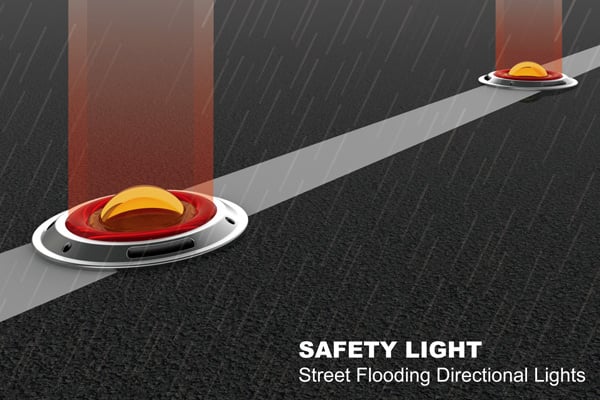The Safety Light is a lighting system that kicks into action once the streets get flooded and are under water. As a thumb rule its safer not to use vehicles during this time, but these lights are meant for those folks who are simply stuck and need to move out of harm’s way. The design combines LED, an H2O battery and traditional Cat Eyes Road Studs.
Rain water activates the H2O battery’s energy to light the LED light beams, creating a road guide that can lead car drivers safely through flooded areas, reducing accidents during heavy rainfall.
Designers: Lin Chyun-Chau, Hsu Hsiang-Han, Luo Yih-Wenn & Wu Yu-Ning




-
Yanko Design
Timeless Designs - Explore wonderful concepts from around the world!
Yanko Design Store - We are about more than just concepts. See what's hot at the YD Store!
(Light Direction In Floods was originally posted on Yanko Design)
Related posts:





